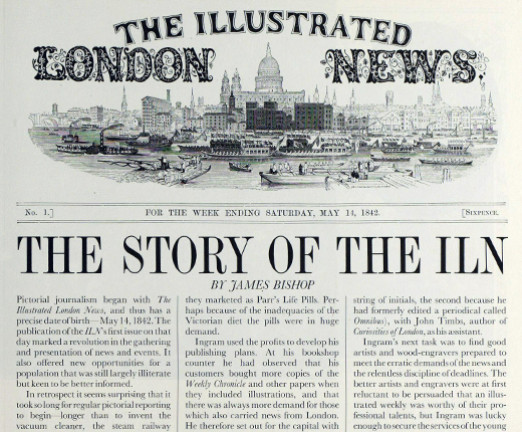
The Illustrated London News, 1842–2003

Over 150 years of influential illustrated news
The publication of the first issue of the Illustrated London News on 14 May 1842 marked a revolution in the gathering and representation of news through its pioneering use of pictorial reportage.“Pageantry or Propaganda? The Illustrated London News and Royal Visitors in Ireland," Irish Arts Review Yearbook 16 (2000): 86–93.
Access the full collection
Access the full archive of The Illustrated London News, 1842–2003.
Institutional Free Trial
Start your free trialRegister for a free 30-day trial of The Illustrated London News, 1842–2003, for your institution.
Institutional Sales
Visit Sales PagesellFor more information on institutional access, visit our sales page.
Already have a license? Sign in.
Explore one of the most eye-catching and pioneering ventures in British print media.


Containing over 250,000 images, this fascinating and visually stunning collection brings together the extensive back catalogue of one of the most influential and successful publications in the history of British print media: The Illustrated London News (ILN), founded in 1842 by Herbert Ingram. Whilst working as a newsagent and printer two consumer trends caught his attention: that papers featuring woodcut engraved illustrations tended to sell better and that people frequently requested “London news”, as opposed to a specific publication. Developments in printing technology, such as faster rotary presses, helped Ingram translate his vision of “illustrated news” into a reality.
This vision proved timely and lucrative. The first edition of the ILN, which appeared on 14 May 1842, sold 26,000 copies. It cost sixpence, featured 32 illustrations, and reported upon the “Great Fire of Hamburg”, as well as the young Queen Victoria’s first “Masquerade Ball”. In fact, celebration of the British monarchy emerged as a popular theme throughout the paper’s content. By 1855, 130,000 copies were being sold weekly, a figure that had more than doubled by the early 1860s. The paper targeted a broadly middle class readership, with Ingram’s embrace of liberalism ensuring that it backed reformist agendas, such as the plight of industrial workers and the need for better public amenities and urban infrastructure. Yet because Ingram embodied the Victorian ideal of the “self-made man”, the ILN was equally capable of sympathising with big business. It likewise espoused Britain’s imperial project.
Due to its phenomenal success, the ILN eventually faced serious competition from The Graphic, founded in 1869 by William Luson Thomas, who had honed his skills as an engraver for the ILN. During the twentieth century, the ILN shed much of its early visual style as it embraced photography. Over time, it acquired a number of its rival publications, including The Graphic, and launched several successful papers of its own, such as The Illustrated War News.
Excitingly, the extensive back catalogues of the ILN and its nine so-called “sister” titles are available to explore on BOA’s digital archive. These impressive resources enable students, researchers, and educators to investigate the history of modern Britain, and especially the history of British print journalism, in remarkable detail. Perhaps most importantly, the ILN and its related publications facilitate examination of an almost endless variety of historical events, concepts, and trends—British and otherwise.








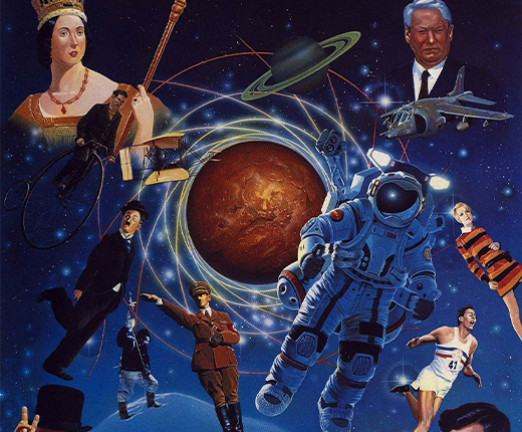

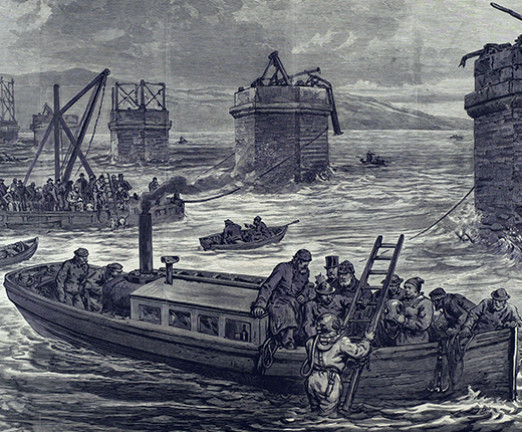

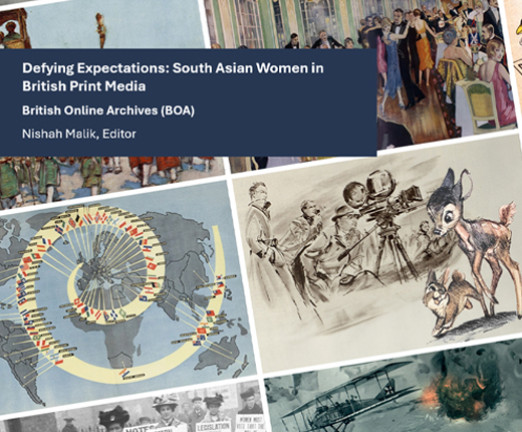
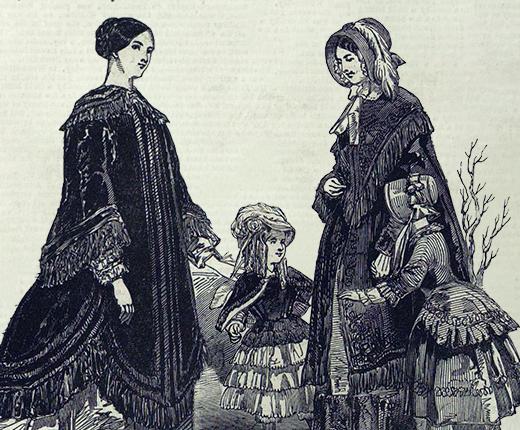


.svg)



